Join More Than 50,000+ Subscribers and get latest camera news and rumors
NEW CAMERA VIDEOS ON YOUTUBE
|
By admin, on December 8th, 2023
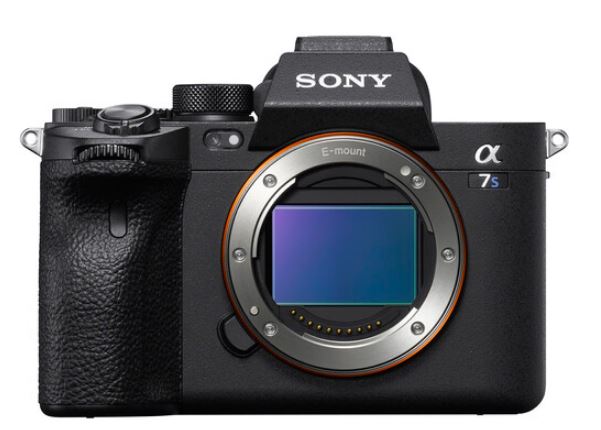
According to the latest rumors from the rumor mill, Sony’s A7 S4 camera is coming with enhanced core specifications and a stacked CMOS sensor. Take a look at the set of specs below
Sony A7S IV specification
- Actual: 20.5 Megapixel
- Effective: 19 Megapixel same/similar as FX9, but with 2 layer transistor and large photodiode for 2x low light.
- Stacked sensor.
- No global shutter but very low rolling shutter.
- No AA filter.
- 6k120p 6k60 6k30 6k24.
- 4k120/60/30/24 Oversampled from 6k crisp image.
- 8 stops ibis standard plus dynamic active stab.
- Dual iso with second iso at 25600 !
- Slightly Improved evf, screen.
- Better ergonomics.
- No overheating new radiator to withstand increased resolution and oversampling.
- Price increase from 3499$ to 4000$ only.
No mentioned about Bionz XR image processor, No information over Dedicated AI chip that being now used Sony every professional camera, although the specs look very impressive if it arrives under Sony A7S IV camera body.
Follow us on our social pages FACEBOOK | TWITTER | INSTAGRAM, If you have time –>see more Sony Alpha Rumor
Soruce SAR
By admin, on December 7th, 2023

Panasonic has quietly announced the successor to the Panasonic G100 camera, and it’s called the Panasonic G100D. We were expecting the new G100D to feature phase detection autofocus, but unfortunately, it only comes with minor updates, which is quite disappointing.

Here are the two updates we’ve noticed in the new Panasonic G100D camera:
| Feature |
G100 |
G100D |
| EVF |
LCD (3.68M dots, 0.73x magnification) |
OLED (2.36M dots, 0.74x magnification) |
| USB port |
Micro USB |
USB-C |
| Release date |
May 2020 |
December 2023 |
| Price |
Generally slightly cheaper |
May be slightly more expensive |
Sadly, the minor update is a real disappointment. We hope and expect that Panasonic will understand the value of entry-level content creators. As we all know, the Sony ZV-E10 camera contributes to 50% of Sony’s total camera sales. If Panasonic can effectively implement a proper PDAF sensor in their cameras, they will surely gain a significant market share. However, if they continue to ignore this and keep offering lower specifications in their entry-level range, who will buy this camera? We are not going to recommend this camera in our reviews. So, who will?
source Panasonic press release
Follow us on our social pages FACEBOOK | TWITTER | INSTAGRAM, to get LIVE News and Panasonic Rumor
By admin, on December 6th, 2023
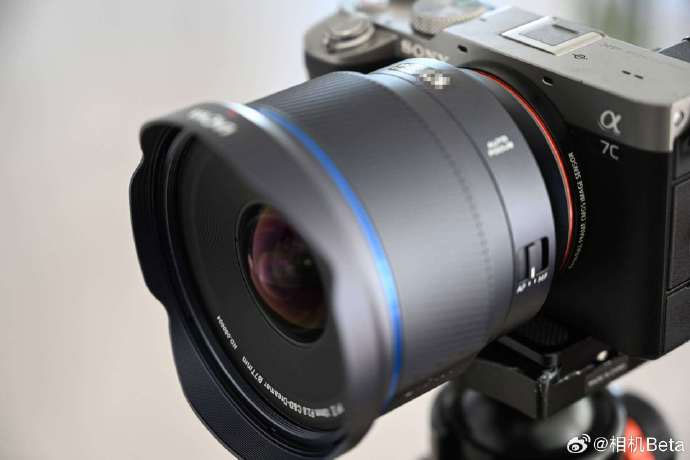
LAOWA is set to announce its first E-mount AF lens soon. The image of the upcoming lens has been revealed. It appears to be a 10mm F2.8 lens. Recently, Chinese lens manufacturers have been swiftly advancing their AF lenses, and LAOWA (Venus Optics) seems to be following suit. The lens seems to be a 10mm ultra-wide-angle lens, boasting specifications not found in the original E-mount lens. The filter diameter, as seen from the image, is 77mm.
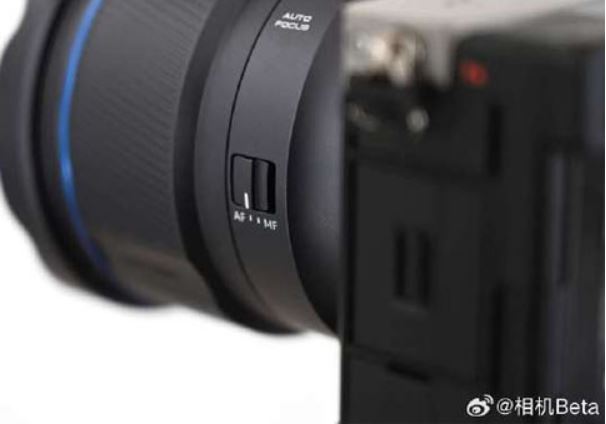
source webio china
By admin, on December 2nd, 2023
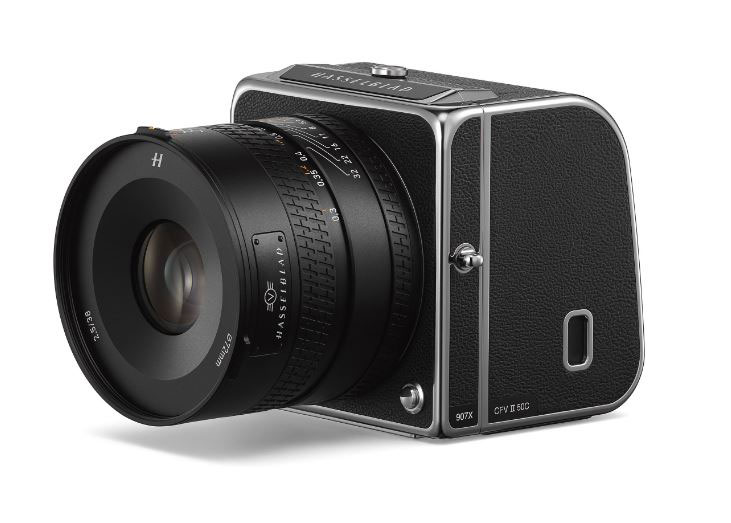
The CFV II 50C was a digital camera back made by Hasselblad for V system cameras, and it was compatible with most of the V system cameras made from 1957, in addition to technical cameras, blending the past and present.
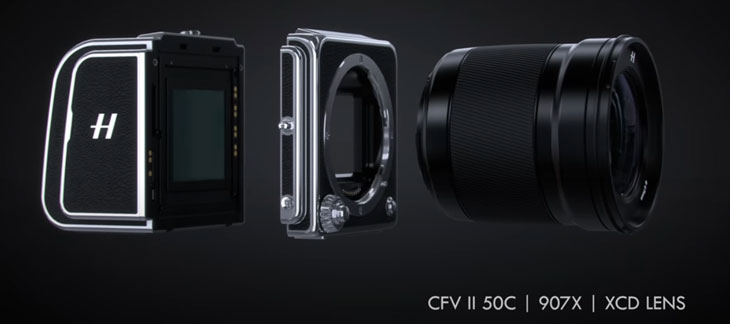
When combined with the 907X, the digital camera back becomes compatible with all the new XCD lenses from Hasselblad. The CFV II 50C digital camera back was announced after the Hasselblad X1D II 50C camera, and in February 2023, Hasselblad registered the CFV II 100C digital camera back. So, without a doubt, it will feature the 100-megapixel medium format sensor of the X1D II 100C camera. We are now expecting the arrival of the CFV II 100C in the year 2024.
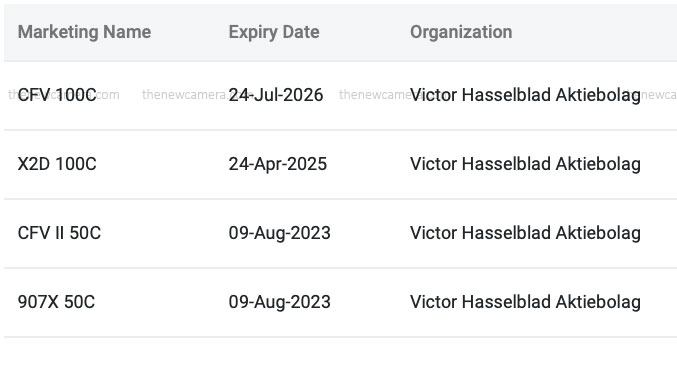
The expiration of the registered camera is set to July 24, 2026, so if Hasselblad wishes, they can delay the announcement.
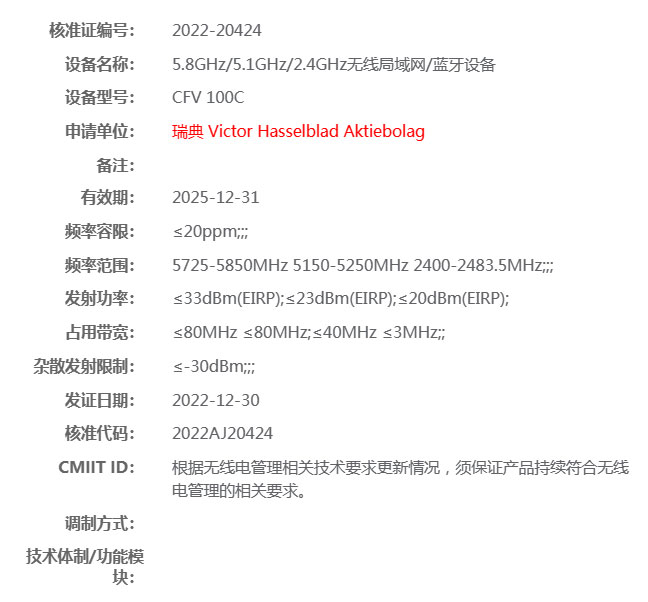
Get LIVE RUMORS –> FACEBOOK | TWITTER | INSTAGRAM to get live news + Hasselblad Rumors
By admin, on December 2nd, 2023
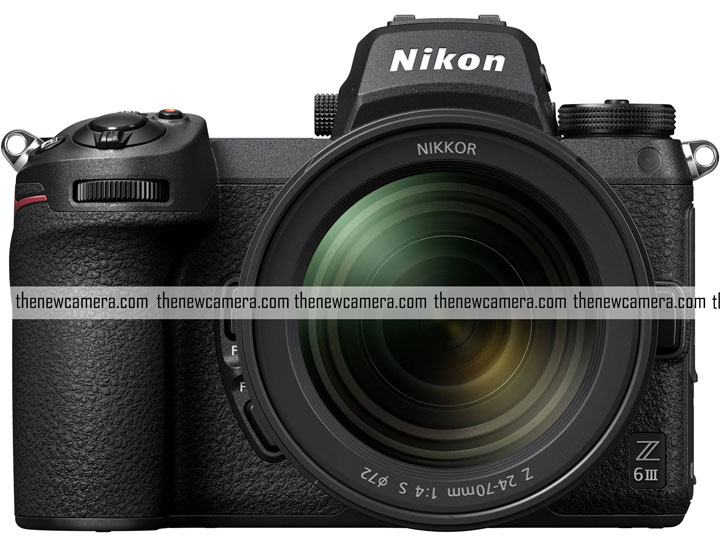
According to the latest rumors surfacing on the web, the Nikon Z6 Mark III is expected sometime in August or September of 2024. If everything goes on schedule, the announcement will be made in one of these two months.
I was personally waiting for the Nikon Z6 Mark 3 camera and its arrival. I was expecting that the camera should arrive in the first quarter of 2024, but the information that we have received right now suggests that the camera will arrive sometime in August of 2024. So that is slightly disappointing as we were expecting the camera to arrive sooner, but still, we have to wait a few more months.
We will dig more into that, and if we get any new information, we will share it with you soon.
Follow us on our social pages FACEBOOK | TWITTER | INSTAGRAM to get live news + Nikon Rumors 24X7
By admin, on December 1st, 2023
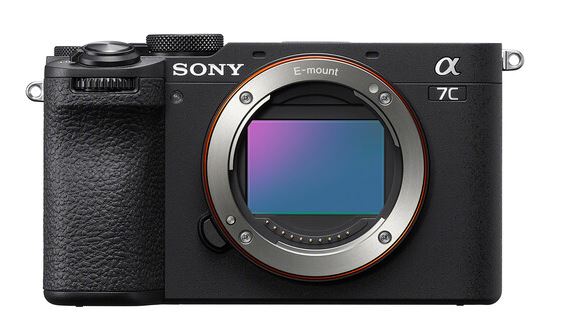
We now have the dynamic range test core of the Sony A7C Mark II camera, published by the Photos to Photos website. In the chart, you can see that the photographic dynamic range test score of the Sony A7C Mark II camera somewhat resembles that of the Sony A7 IV.
One thing I’ve noticed is that just below the A7C2 and 74 cameras, we have the Sony A7 3. Despite being an older model, the low-light performance of the A73 is the best among the list of cameras. Even though the dynamic range of the Sony A7 III is very good, its low-light sensitivity is also impressive. So, if someone is considering buying the A73, it’s still a great choice.
| Maximum PDR |
low light ISO |
low light EV |
| α7C II |
11.69 |
5598 |
10.81 |
| α7 IV |
11.71 |
5365 |
10.75 |
| α7 III |
11.60 |
6420 |
11.00 |
| R8 |
11.58 |
5542 |
10.79 |
| R6 II |
11.52 |
5575 |
10.80 |
| S5 II |
11.23 |
5796 |
10.86 |
| S5 |
11.48 |
5968 |
10.90 |
| Z6II |
11.28 |
5298 |
10.73 |
Follow us on our social pages FACEBOOK | TWITTER | INSTAGRAM, If you have time –>see more Sony Alpha Rumor
source – photons
By admin, on November 30th, 2023
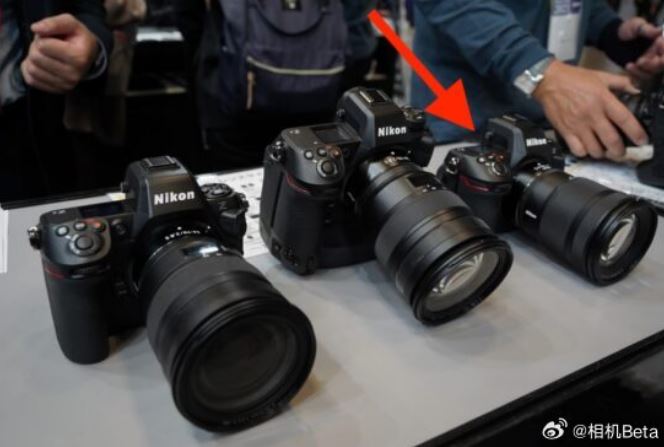
So, we have a leaked image of an upcoming Nikon camera according to Chinese sources. According to them, you can see the picture; it is on the extreme right side of the image and they have said the following:
[Nikon’s mysterious new phone appears at the Iner BEE2023 exhibition] This is a report from the Nikon platform at the Inter BEE2023 exhibition. The new camera is clearly displayed on the Nikon booth, next to the Z 8 and Z 9. Judging from the exposure pictures, the new phone It is smaller than the Z 8, but has a large viewfinder, much larger than the previous Z 5, Z 7 and Z 6 series. Current speculations about this new camera are as follows: 1) A certain aspect of the Z series
camera A prototype model;
2) A new high-speed machine rumored to be prepared for the 2024 Olympics;
3) Just a visual error, just one of the existing Z series models
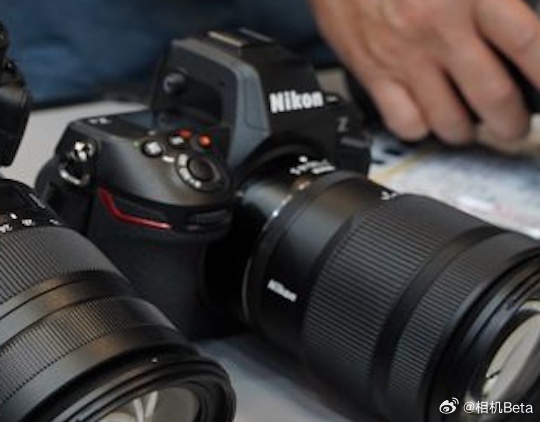
According to them, the viewfinder of this particular camera looks bigger and maybe it can be the Z6 Mark III or something else that may arrive just before Olympics. But if you analyze it closely, you may notice it looks very similar to the Nikon Z8 camera. Maybe it’s an optical illusion, that’s why the electronic viewfinder of the camera on the extreme right side looks bigger. Otherwise, the design of the camera looks very similar to the Nikon Z8 (setting on the extreme left side). So for me, it is a Z8 camera and nothing more, but I am open to possibilities. If you think it’s a different camera, please comment below.
Follow us on our social pages FACEBOOK | TWITTER | INSTAGRAM to get live news + Nikon Rumors 24X7
source camerabeta
|
KEEP THIS BLOG ALIVE - Support New Camera Buy Canon Lenses, Buy Music CD or Digital Camera at amazon it helps this site, and you do not pay anything extra, it is just a way to help support this site.

|


















